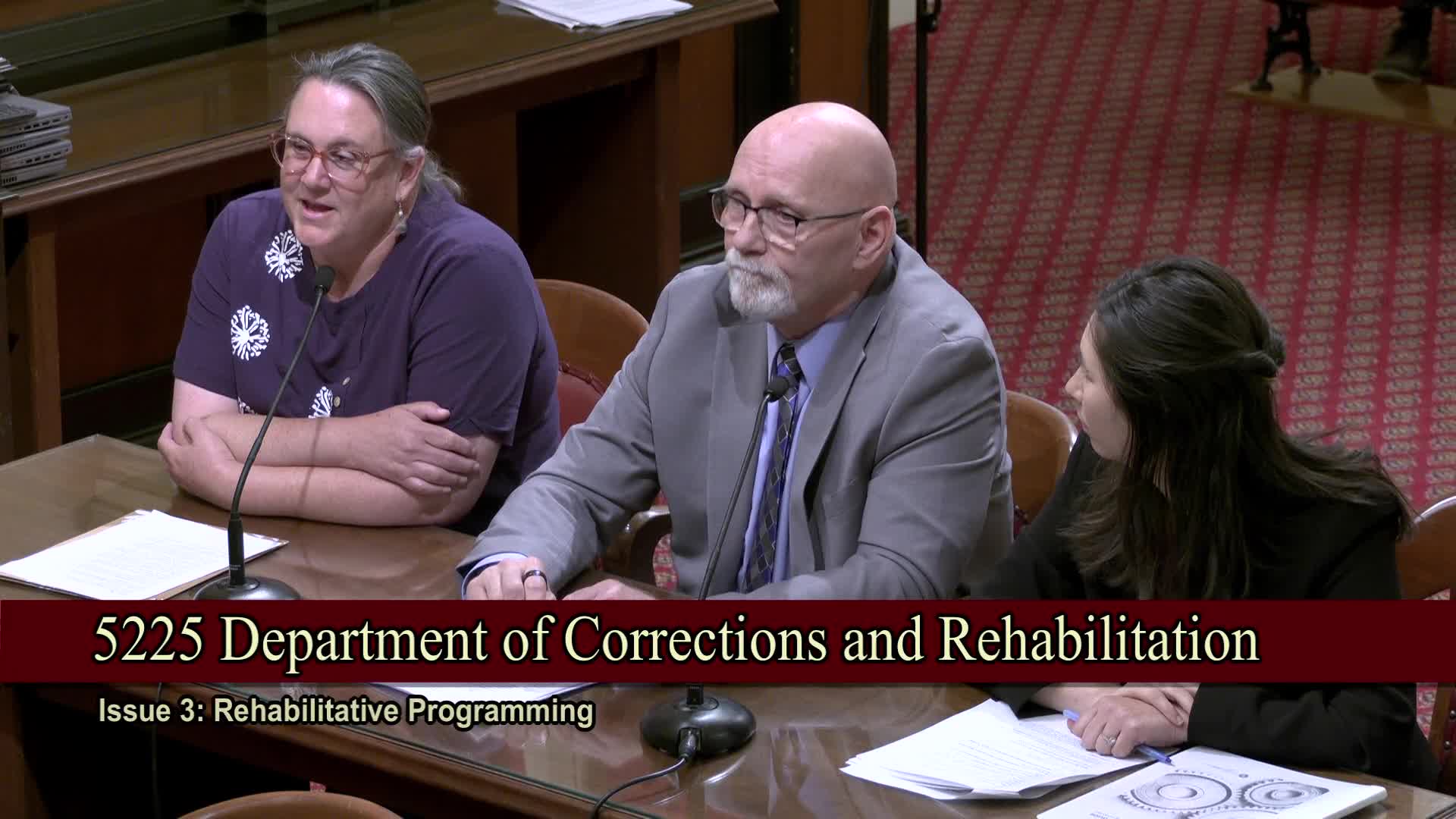CDCR promotes rehabilitative agriculture programs to support inmate reentry efforts
April 24, 2025 | California State Senate, Senate, Legislative, California
Thanks to Scribe from Workplace AI and Family Portal , all articles about California are free for you to enjoy throughout 2025!

This article was created by AI using a video recording of the meeting. It summarizes the key points discussed, but for full details and context, please refer to the video of the full meeting. Link to Full Meeting
One standout initiative involves hands-on agricultural training, where inmates engage in growing produce, such as watermelons, which they can then enjoy. This program, described as "beautiful" by one participant, emphasizes the importance of experiential learning and the therapeutic benefits of working with the earth. However, the journey to implement such programs was not without its hurdles. Panelists recounted the lengthy approval processes required to introduce tools and food consumption within facilities, illustrating the bureaucratic challenges that often accompany reform efforts.
Over the past decade, there has been a notable shift in the philosophy surrounding incarceration. As one speaker reflected on their experience from the 1980s, the focus has evolved from punishment to rehabilitation. This change is evident in the normalization of practices that allow inmates to engage with the community, such as participating in farmer's markets. These initiatives not only provide inmates with valuable skills but also help to break down the barriers between incarcerated individuals and the outside world.
The conversation also touched on employment training programs that prepare inmates for successful reintegration into the workforce. Partnerships with companies like PG&E and local organizations have opened doors for job opportunities in green industries, showcasing a commitment to sustainability and community engagement. One former inmate shared their inspiring journey of starting a solar panel cleaning business after release, employing others from the same program.
As the meeting concluded, the overarching sentiment was clear: while the goal remains to reduce the prison population, there is a strong commitment to improving the conditions and experiences of those currently incarcerated. The subcommittee's discussions reflect a growing recognition that rehabilitation can lead to meaningful change, not just for individuals, but for society as a whole. The path forward is one of hope and determination, as California continues to explore innovative solutions to its correctional challenges.
Converted from Senate Budget and Fiscal Review Subcommittee No. 5 on Corrections, Public Safety, Judiciary, Labor and Transportation meeting on April 24, 2025
Link to Full Meeting
Comments
View full meeting
This article is based on a recent meeting—watch the full video and explore the complete transcript for deeper insights into the discussion.
View full meeting
